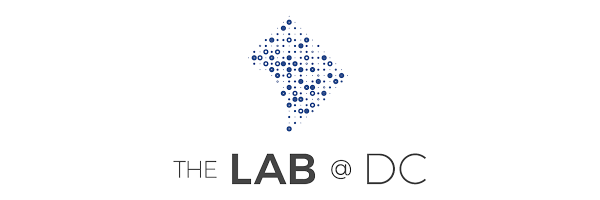DC Asset Management Lab at the University of the District of Columbia
| DC Asset Management Lab at the University of the District of Columbia | |
|---|---|

| |
 The Lab @ DC | |
| Team Organizations | Asset Management Labs LLC. University of the District of Columbia Continuing Education Program ONUMA Inc. Asset Leadership Network 4tell Solutions |
| Team Leaders | Michael Bordenaro |
| Participating Municipalities | Washington DC |
| Status | Launched |
| Document | None |
Description
DC Government desires dramatic benefits through the use of the ISO 55000 management system for asset management and asset visualization tools and processes piloted through the U.S. Federal Government. The Lab allows a series of DC Government problems to be addressed in a 4-week workshop requiring 20 total hours that points to publicly available solution sets that can be deployed by DC or any other municipality that sends students to courses.
Challenges
The DC Government is interested in first exploring improved streetscape asset management, including pot hole management. A web-based, crowd-sourced approach that leverages apps and processes developed with the federal government will be shown as a possible solution. Other DC Government problems to address can include improved health care asset management, airport asset management, school facility asset management and much more that will be addressed over time. It is possible for other municipalities want to establish a similar system.
Solutions
{{{solutions}}}
Major Requirements
The project is under development and can be replicated by other municipalities that want to: 1) make municipal problems and related information available for public use; 2) coordinate with a continuing education institution that wants to host the workshop courses; 3) establish web-based apps and publicly available processes that involve citizens in asset management improvements; and, 4) learn about proven processes that have already been established by the U.S. Federal Government.
Performance Targets
| Key Performance Indicators (KPIs) | Measurement Methods |
|---|---|
|
The Lab will be successful when there are more than 4 courses offered each year. The courses will establish the way that KPIs are applied to each problem stated by the DC Government. For example, improved streetscape asset management can be rated by the establishment of a useful app for reporting potholes and other work order requests. Over time, DC Gov can say how many issues were improved using the DC Asset Management Lab at UDC. |
The number of people who download a mobile app that allows reporting of potholes and other work order requests can be one measurement of success. The number of beneficial work order reports could be another measure. |
Standards, Replicability, Scalability, and Sustainability
The ISO 55000 standard for asset management will be taught in the class to help students understand how the course problem can be addressed in a repeatable, scalable and sustainable manner. Aligning the course solution set to ISO 55000 provides the students with a repeatable template.
Cybersecurity and Privacy
The Federal Government use of web tools and processes includes cybersecurity and privacy protections that will taught in the class and will be repeatable by students.
Impacts
The anticipated economic impacts will be different for each of the courses focused on different DC Government problems. For the streetscape improvement problem, and others, the economic benefits include the ability to better manage assets in less time, using less money and less people to achieve results that previously were not possible. The Lab is launched and ready for public announcement.
Demonstration/Deployment
The DC Asset Management Lab at the University of the District of Columbia will have finished a pre-pilot program to test capabilities for streetscape asset management and will be in a Pilot Course at the time of the GCTC Expo. The results of the Pilot Course will be available at the GCTC Expo and attendees will be able to participate in demonstrations of the capabilities developed to that point.